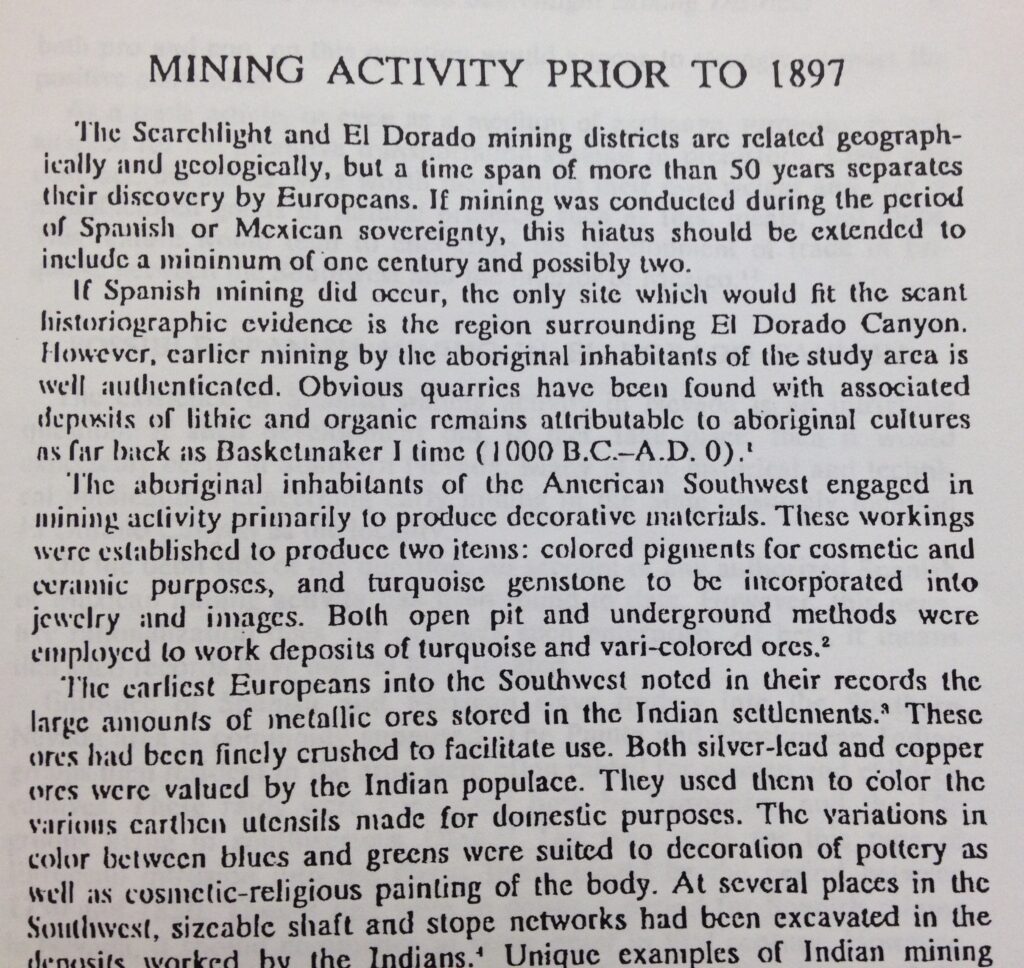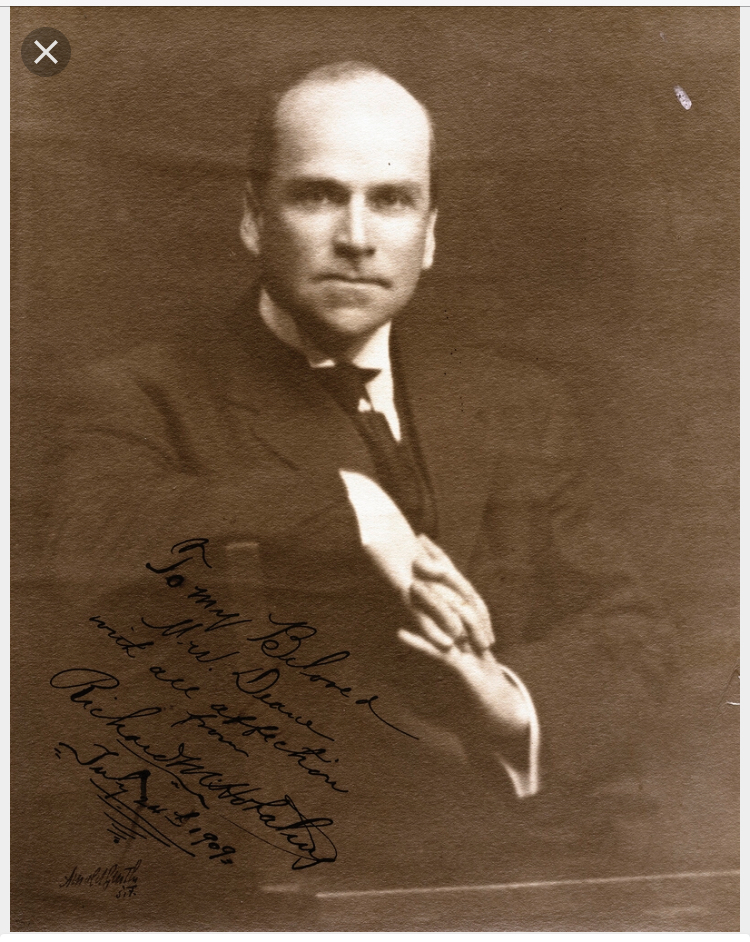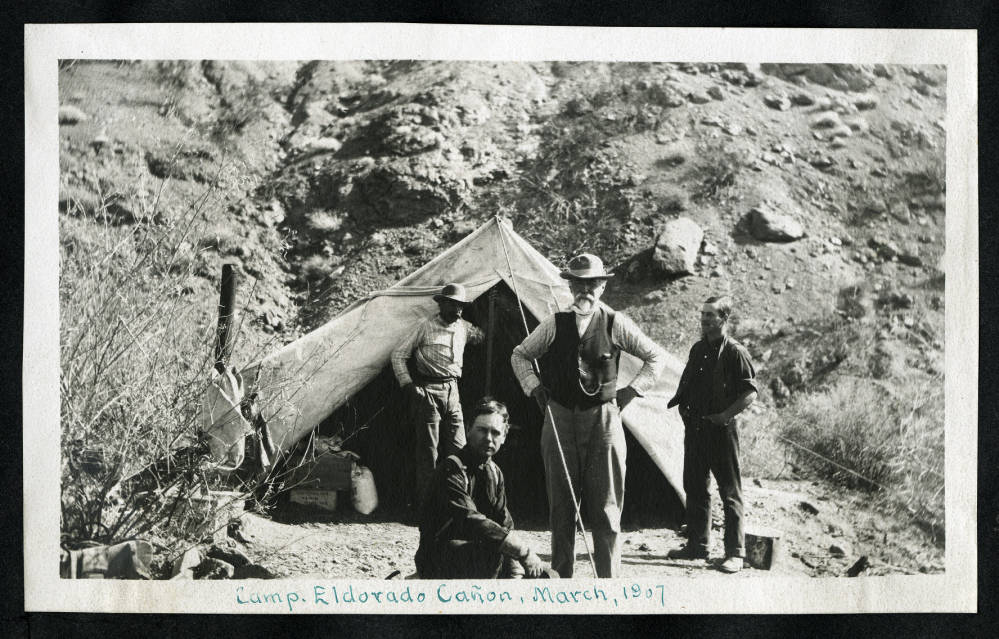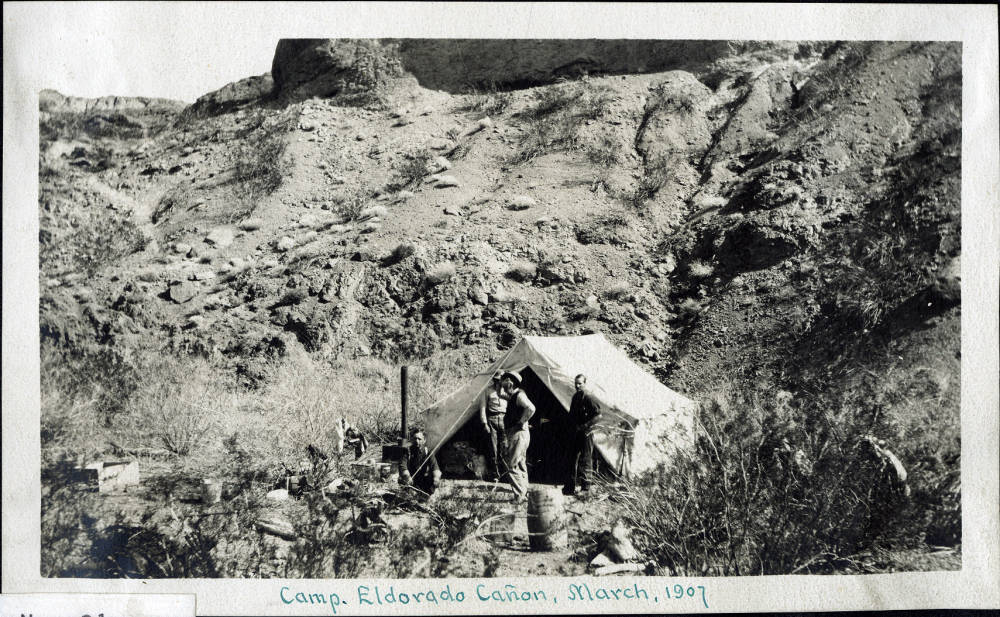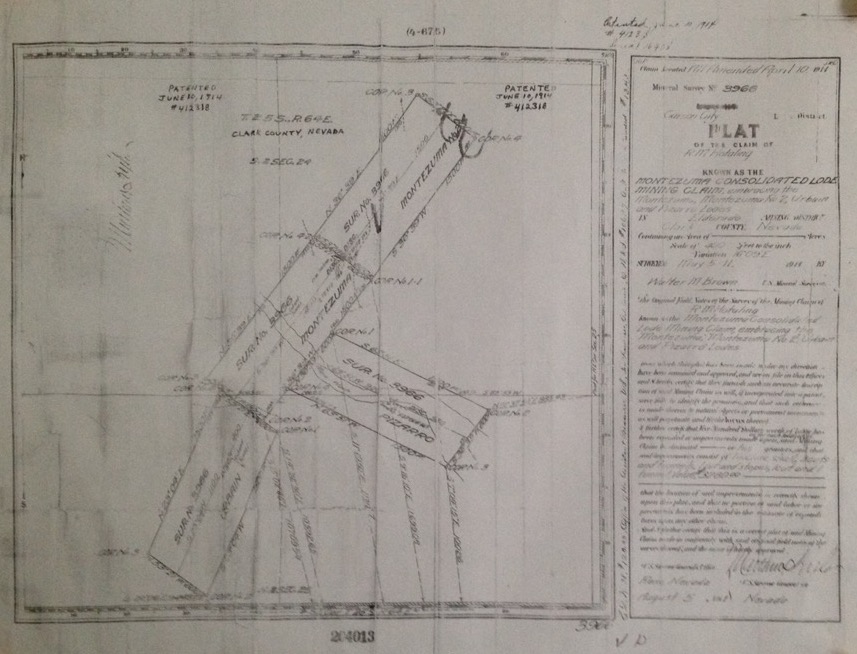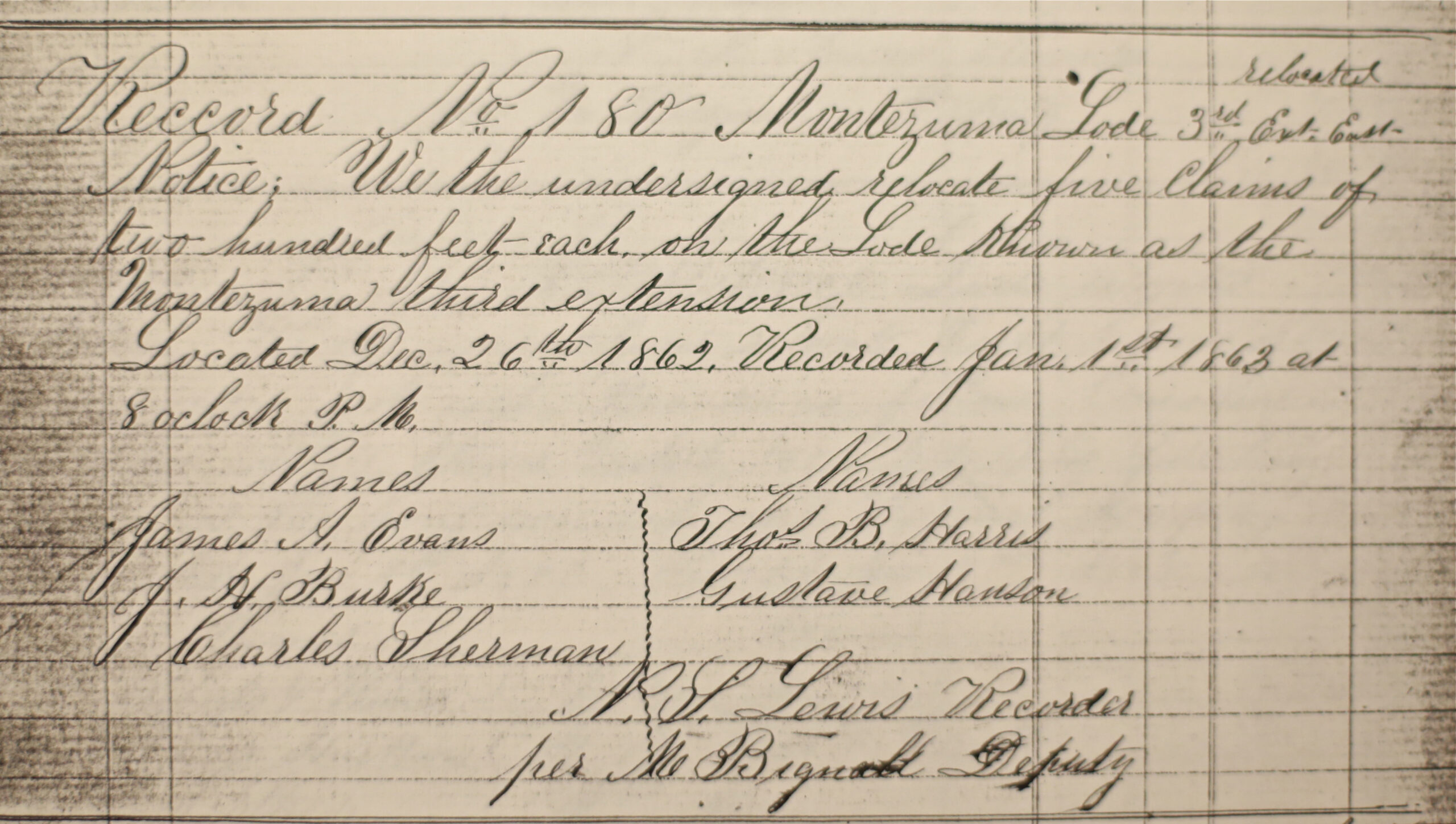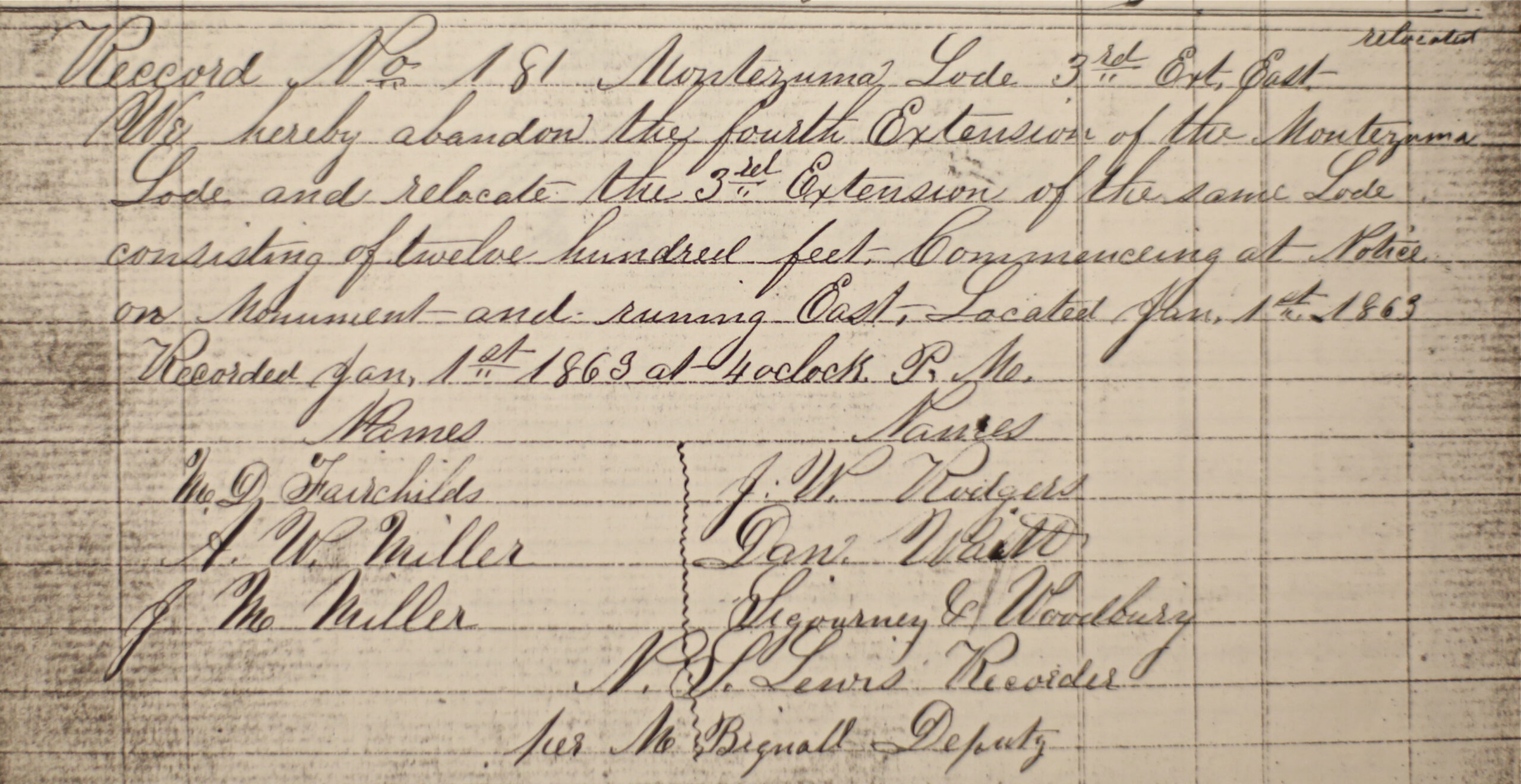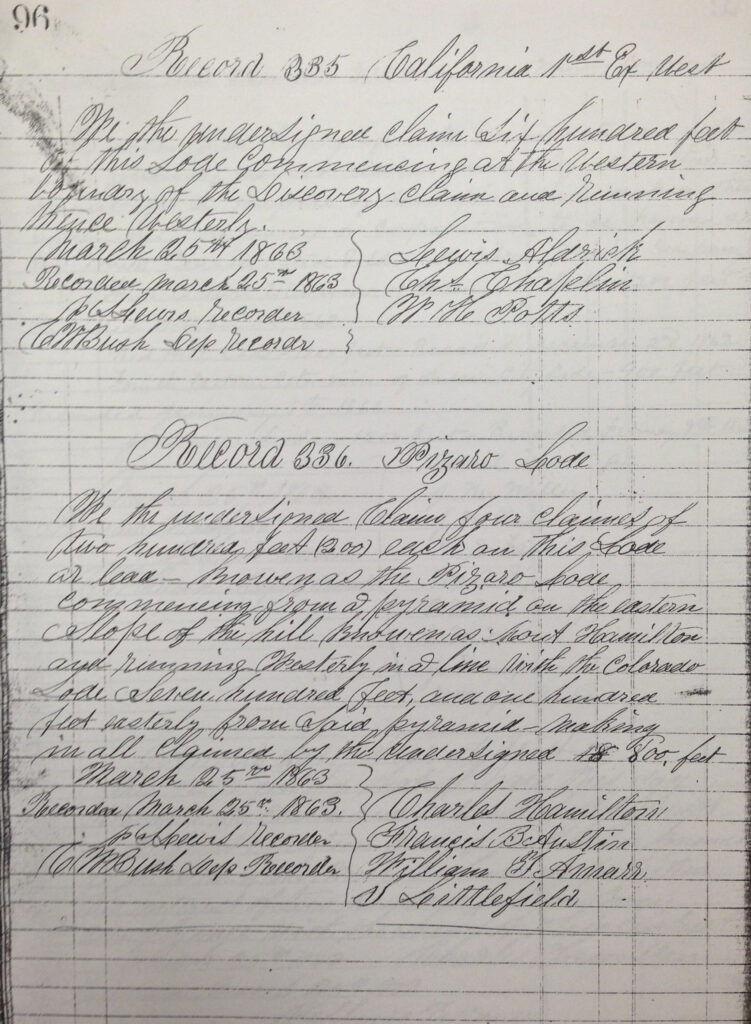Exposé

- Nestled in pristine nature wilderness with breath-taking landscape and views as far as to the Colorado River, it is a unique retreat from Las Vegas. And, it has a history of mining gold, silver, copper, and other minerals. Pot. use as retreat, outdoor activities, mining, solar farm, shooting range, hold for investment..
- The Montezuma property is located between Black Canyon and El Dorado Canyon near Nelson, where one of the biggest mining booms in Nevada history occurred (40 miles south of Las Vegas, 40 miles north of Searchlight, 4 miles up from the Colorado River). Historic Techatticup Mine and recreational Nelson’s Landing at the River are accessible through the town of Nelson off US95/US165 about 25 minutes SE from Vegas. All of the gold mining was done by hand and refined at smelting facilities elsewhere, periodically from 1860 to 1930s. The property is a patented Lode mine and free from contamination of toxic chemicals used in Placer (surface) mining and lode (hard rock) or underground mining.
- 81.72 acres (33.07 hectares) of pristine Eldorado Wilderness, the Montezuma Mines consist of 4 mining claims Montezuma No.1, Montezuma No.2, Pizarro, and Urbain, which are among the oldest of Nevada (early 1860s). The property was patented in 1911 granted by the Mining Act of 1872, for gold. It is exempt from all state and county ordinances. By filing an Affidavit of Labor the investor is exempt from property taxes.
- Ingress and egress predominates over all the Federal, state, and county ordinances.
- The water rights, granted by the 1872 Mining Act, allots 2.01 acre feet of water per year or 1800 gallons a day. The property is located in Colorado Valley Basin 213 which is still open allotting the BLM 270 acre feet and 30 acre feet private ownership. Should the investor require more water, applications may be submitted.
- The land north of Nelson, south of Boulder City, and east of Highway 95 is The Federal Bureau of Land Management Protective Wilderness Area except for 800 acres (323.75 ha) Boulder City purchased for commercial purposes. Across the highway from Boulder City’s property a communications corporation purchased acreage and has invested $25 million USD developing it, so far. In this vein, the interstate highway is bypassing Boulder City south through or next to land held by the a communications corporation and associates and Boulder City.
- Studies were conducted by the United States Bureau of Mines, documented and published, titled Mineral Land Assessment MLA 44-88 and Open file report 91-323 established the property exempt from eminent domain. There is furthermore a moratorium on patented claims since 1995.
- Surface assays by American Assays Laboratories, Sparks, NV revealed gold, silver, copper, and rare earth minerals.
- The property is owned free and clear. The ownership can be viewed, online, on the Clark County Nevada Recorder’s Website. The Clark County assessor’s parcel number is # 212-00-002-009.
- The value of former mining property has appreciated in recent years. Recent examples in the El Dorado Cyn area: 5 acres sold for $100,000; 28 acres sold for $1.5m.
- The Montezuma Patented Lode Claim is now listed for sale. The sale includes all existing patents and claims.
- More historical material available, based on research at the National Archives, UNLV, and the Kingman Museum.
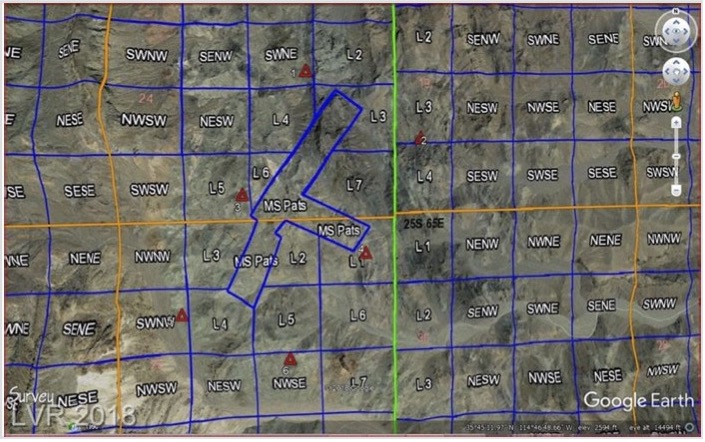
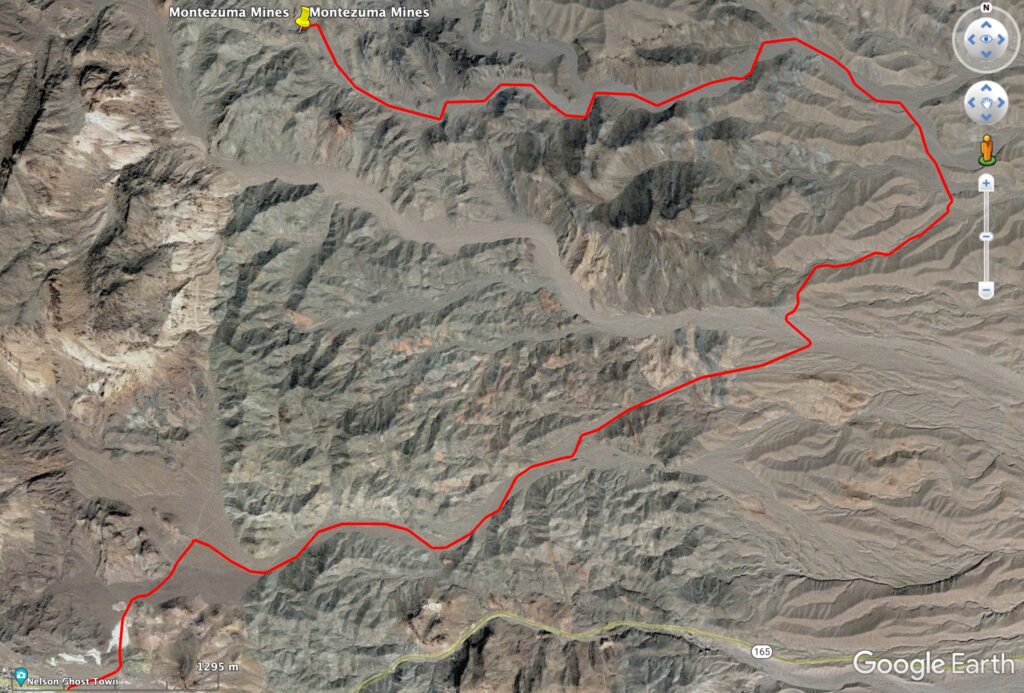
History of the Montezuma and a mysterious treasure map
The Montezuma property has many values; with claim records from 1862 and 1863, it ranges among the oldest recorded mining claims of Nevada. Its historical value is documented through research at UNLV, Kingman Museum, and the National Archives.
First discoveries were made by the Spanish around 1775, who named the area El Dorado. One of the biggest mining booms of Nevada began almost 100 years later, when in 1859 new gold and silver discoveries were made. The rush to the Eldorado Canyon began in 1961, several camps were established and a landing site 4 miles down at the Big River. The Montezuma Mine claims were staked during the heyday of the Eldorado Canyon gold rush, the most prominent mine being the notorious Techatticup.
Despite its rough and lawless reputation, the mines around the newly founded town of Nelson produced several million dollars in gold, silver, and copper.
By the end of the 19th century, California born blacksmith Herman Wesselhoft worked the Montezuma along with three younger men and the fiancée of one of them. He casually hired himself out as a blacksmith for the dominant Keystone Mining operations; there are no records about his findings , but the 6 foot 7 tall with a big white moustache was a smooth customer and a renown hustler, as reported by a local coeval and found in archived newspaper articles. To his years on the claim, a mysterious treasure map has been dated by the UNLV, found in a rock house next to the Montezuma camp.
In 1907, Wesselhoft sold to Richard Hotaling, son of Anson P. Hotaling, Liquor Distributor of San Francisco, who patented the Montezuma Consolidated Mine Loding Claim in 1911.
After Hotaling’s passing in 1925, Wesselhoft would go back out there and again offer his services as a local blacksmith. Rumor has it, he sheltered the fugitive Queho, a Native American outlaw and renegade. Queho was blamed for several murders, not unlikely that he was made a scapegoat for at least some. But his ability to continuously evade persecution made him part of Nevada legend. His name would only be whispered and people spoke about Queho’s curse, whenever something bad took place. The reward for capturing him increased from year to year, however, only in 1940, prospectors found his mummified remains in a cave near the Colorado River.
To be continued..
